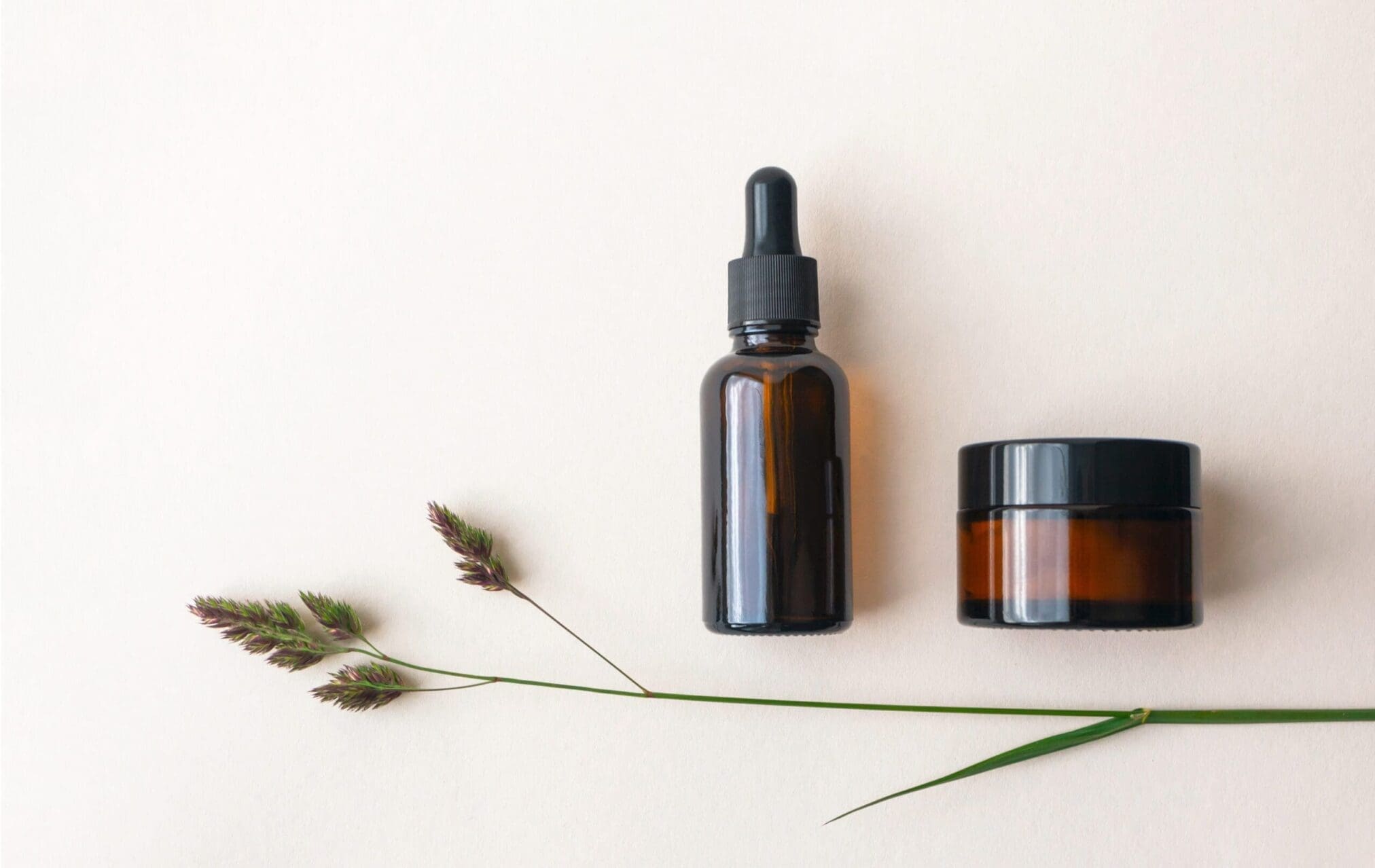Regulation EC 1069/2009 and its implementing Commission Regulation 142/2011 – in effect as of 4th March, 2011 – lay down the public and animal health rules for animal-by-products (ABPs) and derived products to prevent and minimize risks to health deriving from these products.
By definition: ‘animal by-product’ means entire bodies or parts of animals, products of animal origin or other products obtained from animals, which are not intended for human consumption (Article 3). These include: fallen stock on farms, wild animals when they suspected of being diseases, slaughterhouse waste, skins, feathers, blood, or meat, fish, milk and eggs when they are interned for human consumption. (Article 8, 9, 10);
Due to the increasing number of incidents, when serious diseases (TSE, BSE, swine fever) started to spread in a consequence of the lack of risk control, the preceding Regulation (EC 1774/2002) has been thoroughly revised. As a result, the current Regulation:
- Gives a more comprehensive scope and more apparent framework to the Regulation;
- Defines animal-by-products in a more transparent way;
- Clarifies the products exempted from the control of this Regulation;
- Improved the categorization of ABPs in line with risks:
- Category 1 material (e.g. animals killed in the context of TSE eradication measures)
- Category 2 material (e.g. manure, non-mineralized guano and digestive tract content)
- Category 3 material (e.g. carcasses and parts of animals slaughtered)
Consequently, the Regulation provides a greater overall legal certainty for the given substance. It has an impact on any person or business using, disposing, storing, handling or transposing animal-by-products.
Applicability for Medical Devices, In-vitro diagnostic medical devices & Cosmetics
One the most significant change that the Regulation introduces is the concept of end point in the manufacturing of animal by-products, beyond which the processed products are no longer subject to the requirements of the Regulation, due to the eliminated potential risks via heat or chemical substances. (Article 5 /Rec.22). Consequently, certain finished products such as cosmetics, medical devices and in vitro diagnostic kits are excluded from the scope of Regulation 1069/2009 in this way to reduce operational burdens, e.g. labeling or record-keeping.
The following derived products may be placed on the European market, regulated by certain Community legislation other than that of Regulation 1069/2009 (see Article 33):
- Cosmetic products as defined in Article 1(1) of Directive 76/768/EEC – See Compliance Page;
- Active implantable medical devices as defined in Article 1(2)(c) of Directive 90/385/EEC – See Compliance Page;
- Medical devices as defined in Article 1(2)(a) of Directive 93/42/EEC – See Compliance Page;
- In-vitro diagnostic medical devices as defined in Article 1(2)(b) of Directive 98/79/EC – See Compliance Page;
According to Article 34 importing, collecting animal-by-products for manufacturing the above mentioned devices, their respective Directives should be taken into account. Should not these Directives provide steps to control potential risks deriving from animal-by-products then Regulation 1069/2009 shall be applicable. However, intermediate products intended for the manufacture of medical products, veterinary medicinal products, medical device, active implement medical devices, in vitro diagnostic medical devices or laboratory reagent are subject to the obligations imposed by Regulation in question.
To conclude the above, Regulation 1069/2009 and Commission Regulation 142/2011 does not apply to finished products under the respective scopes of the:
- Scope of MDD 93/42/EEC
- Scope of AIMDD 90/385/EEC
- Scope of IVDD 98/79/EC
- Scope of Cosmetics under the 76/768/EEC and repealing regulation EC 1223/2009,
Since they are not considered as ‘animal by-products not intended for human consumption’. Therefore; they are not subjected to any veterinary checks under Council Directive 97/78/EC that lays down the principles governing the organization of veterinary checks on products entering the Community from third countries.
Need more information? Contact us now!


